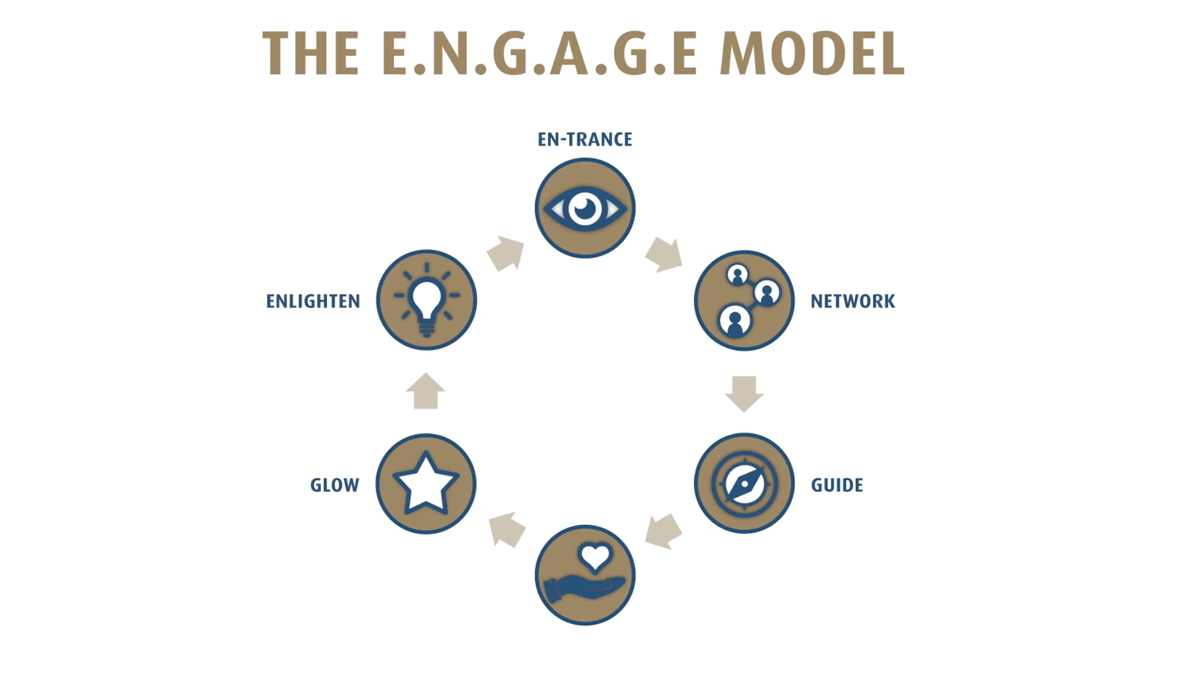How to Capture an Audience: Short Stories, VAKOG and Inner Dialogue
Posted By Duncan Fish on May 10, 2017

Have you ever been telling a story, and you can slowly watch your listener’s eyes glaze over, or even move to focus on something else in the room?
Their mind is wandering off, and you could be calmly telling them that their hair was on fire, and they wouldn’t even hear? Then, when their attention does finally come back to you, they haven’t heard a word you said, and they missed the story completely?
Maybe it’s not that your listener is rude…maybe it’s that your story is boring.
There is one basic rule to being a good storyteller and commanding a listening audience, and that’s the Short Story Rule.
Short Story Rule
Put simply, every story needs a beginning, a middle and an end. While you probably think this is a simple child’s rule that a socially adept adult could never need, think again. Most stories you hear, especially those relayed by an unskilled storyteller, are missing a crucial component. This is most often the end of the story, and it affects every other aspect of the tale.
When you know the ending of the story, you know how you’re going to relay it, you know how it should play out—well then you know how to properly work up to it, and you know how to work the beginning and middle to best benefit the grand finale.
The beginning should set the scene and introduce the characters, the middle should be the meat of the story and the ending should thread it all together and hit your audience with the punch line. Keep in mind, that this kind of punch line doesn’t necessarily have to be “funny,” like a punch line in a joke. Instead, it should simply be something that relieves all that anticipation that you’re building throughout the beginning and middle.
That’s what the Short Story Rule is all about. Make the ending the climatic grand finale, and make sure your beginning and middle slowly work up to it. It seems simple, but requires some practice.
Having a little trouble giving your story some colour and pizzaz?
Just remember “VAKOG”. Your story can be made more interesting by tapping into this VAKOG acronym — your Visual – what you saw, Auditory – what your heard or what was said, Kinesthetic – how your felt, Olfactory – any smells and Gustatory – any tastes. It really helps set the scene and grab your audience’s attention.
Another trick you can use, is to share your inner dialogue. Tell the listeners what you were thinking at the time. Convey your feelings and emotions at the situation you found yourself in. Don’t overshare, giving every last little thought you were having, but only those that will add something to your story.
Interested in becoming a great storyteller?
Worried that you may not ever master the art of storytelling, no matter how simplified the basic rules may be? You may be closer to becoming a regular J.R.R.Tolkien than you think. You’ll be captivating audiences in no time!
Here is a great place to start practicing the art of storytelling, read here to learn how to use your voice effectively that creates impact for any situation.
To becoming an Engaging Executive, have a look at our 6 Steps to Become an Engaging Executive. It’s a totally free video series that shows you how to become a professional who commands respect and authority, while receiving the admiration of your colleagues.



